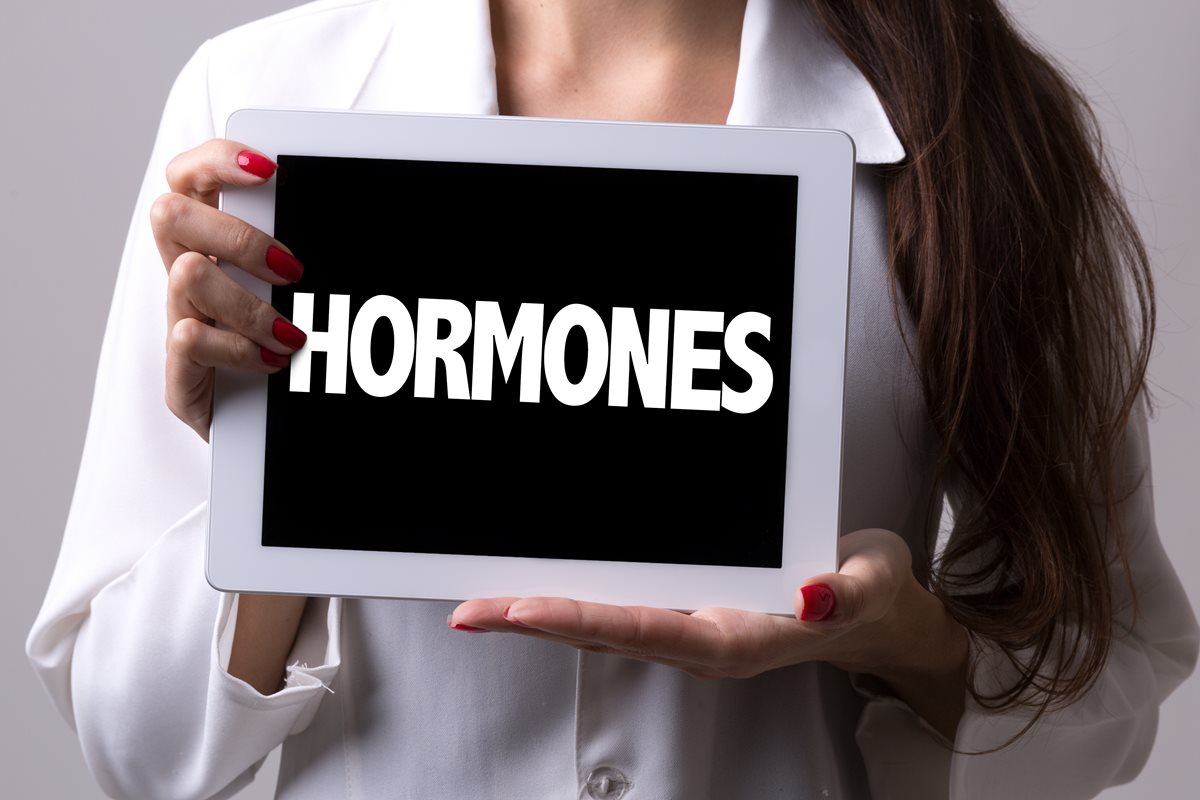What do we really know about what causes obesity in women as they approach and then enter menopause?
Your Menopause Question: What do we really know about what causes obesity in women as they approach and then enter menopause?
Our Response: Ask anyone this question, and the likely response would be, “too much food in, too little energy out.” Fortunately, a growing body of literature has placed science in the middle of this critical question. What do we really know about obesity in general and the development of obesity as women approach and then enter menopause? To borrow from a catchy phrase during the presidential campaign of Bill Clinton, “It’s the economy, stupid!” we can say, “It’s the hormones, stupid!”
In previous essays for A PAUSE for menoPAUSE, we have addressed certain events that seem to trigger obesity and cardiovascular risk during this period in a woman’s life (Woods, 2018). While we will briefly summarize those triggers, the picture of obesity now is becoming more clear, giving us a panoramic view of fat biology during the lifespan. Here, hormone changes remain core to this discussion.
Beginning at puberty and extending into the mid-40s, blood levels of estradiol generated from the ovaries at ovulation each month range from 200 to 500 pmol/L. When estradiol is plentiful during puberty to the late 40s, subcutaneous white fat is increased, but visceral fat is decreased. In fact, the distribution of our fat cells differs depending on their location and type. Subcutaneous fat lies in our dermis and is considered innocent fat. Visceral fat, which is predominantly located around our intestinal organs and in the abdomen, is the generator of inflammatory proteins that are linked to cardiovascular risk.
Recall that estradiol is a powerful anti-inflammatory hormone, which prevents certain cells in our bodies from producing inflammatory proteins that contribute to cardiovascular risk. Estradiol also is responsible for maintaining stable levels of dopamine, serotonin, and norepinephrine in the brain, which boosts our sense of wellness and reduces anxiety and
depression. And, estradiol bathes our intestinal lining and GUT bacteria that evaluate the content of our food, telling our brains to expend energy and burn fat. Why do you think we are slim and active as younger individuals?
For many years, attempts have been made to define body shapes and, as such, their potential risks for cardiovascular health. Body mass index, or BMI, initially described by Adolphe Quetelet in the 1880s, was later refined by Keys to standardize a “three dimensional body” (Blackburn, 2014). These efforts, all done before lipid profiles and congestive heart disease were fully understood, were calculated by weight in kilograms divided by height in meters squared. Others have promoted other approaches, including waist circumference, waist-to-hip ratio, or estimates of total body fat. While all correlate to some degree with cardiovascular risk, what is more interesting is that obesity, per se, may not be a great predictor of health, especially in those patients over 75 years; however, it may provide better guidance for those between 45 and 55 years (Andreacchi, 2021).
So is that all there is to the story? Not quite. We have not addressed in previous essays the one cell line that is central to this discussion, the adipocyte, more commonly called the fat cell. In fact, the amazing adipocyte could be considered our lifeline to good health. Why is this? The reader is directed to a number of excellent reviews on this topic, the basics of
which are reviewed below (Brown, 2010; Lizcano, 2014; Fatima, 2019; Richard, 2020; and Steiner, 2020).
Adipocytes are generated throughout our lifetime. The majority of them make up white adipose tissue (WAT) and play a critical role in storing a family of lipids called triacylglycerols or breaking them down as free fatty acids for fuel. In fact, lipids provide about 30% to 40% of our body fuel, while 40% to 60% comes from carbohydrates, and the remaining 10% to 15% comes from protein (Bender, 2012). Brown fat, a smaller component of our fat stores, primarily manages our body’s heat.
Adipocytes normally function in one of two ways. Through the process of lipogenesis, they store lipids into the adipocyte by means of the enzyme, lipoprotein lipase or LPL. A second process, called lipolysis, breaks down and releases lipids from the cells to be used as fuel for peripheral tissues during fasting, exercise, or in cold environments. Here, insulin plays an important role in how fats are distributed. The dynamics of these two processes can be seen when following a meal, elevated insulin suppresses the lypolysis process, whereas during fasting, insulin decreases and lipolysis increases.
The triacylglycerols stored in adipocytes, therefore, serve as a reservoir that, when released, provide free fatty acids into the circulation when body energy is needed. Quite simply, adipocytes store triacylglycerols under energy surplus and break down triacylglycerols as free fatty acids during fasting, or when the body has high-energy needs (Richard, 2020).
Adipocytes also play a major role in controlling our appetite. They produce the enzyme, leptin, which when released suppresses our appetite so we eat less or at least feel full when we eat. It also moderates the production of the intestinal hormone, ghrelin, which tells us to eat more when we are hungry.
But, adipocytes can play a major adverse role in insulin and glucose biology. Visceral obesity correlates closely with an increase in insulin resistance, leading to elevated insulin levels, abnormal glucose metabolism, and a reduction in fat breakdown. Insulin, acting through its receptors to stimulate insulin-like growth factor-2 (IGF-2), is critical for normal glucose metabolism. It transports glucose from the blood into the cells and allows fat to be broken down. Yet, insulin receptors are under hormonal control since estradiol improves insulin sensitivity and glucose metabolism while reducing body fat. Obesity, coupled with insulin resistance, results in overexpression of insulin receptors, lower than normal levels of IGF-2, and production of a second growth factor, insulin-like growth factor -1 (IGF-1), which causes a pathologic process that destabilizes glucose metabolism in insulin-sensitive tissue.
Insulin also inhibits the breakdown of fats (lipolysis). This, in turn, leads to an increased accumulation of lipids in adipocytes (lipogenesis). In these circumstances, insulin (think obesity of type 2 diabetes mellitus) stimulates glucose uptake into the fat cells using a special transporter called insulin-sensitive glucose transporter or GLUT4 (Fatima, 2019).
So, while the biology of fat development may be interesting to some, more question what happens to this biology when a woman enters menopause and loses her ovarian estradiol.
As shown in many animal models, estradiol plays a major role in fat biology. It favors metabolically healthy subcutaneous fat over visceral fat. As a powerful anti-inflammatory hormone, it reduces inflammation. It also increases insulin sensitivity. It stimulates white fat hyperplasia, blocks white fat hypertrophy, and supports leptin production while reducing the effects of ghrelin.
The impact of the loss of estradiol as women enter menopause helps explain why women have 10% to 20% more body fat than men with the same BMI, and why women between the ages of 45 and 55 have a greater cardiovascular risk (Steiner, 2022). Lipoprotein lipase, which normally is depressed by estradiol, increases, drawing free fatty acids and glycerol into the adipocytes. Leptin sensitivity decreases, leading to increased appetite. Adipocyte hypertrophy develops with more lipid accumulation. Insulin resistance grows, which produces more glucose uptake in the cells. It is no surprise that all of these changes, which follow the loss of estradiol, increase visceral fat accumulation and body inflammation.
Is there any good news? Sensible hormone replacement therapy (HRT) during the menopause transition and into menopause, coupled with good nutrition, eliminating smoking, and daily exercise, all have true benefit. Those who pay attention to these life-altering components provide a path to longevity.
James Woods | 1/1/2023




